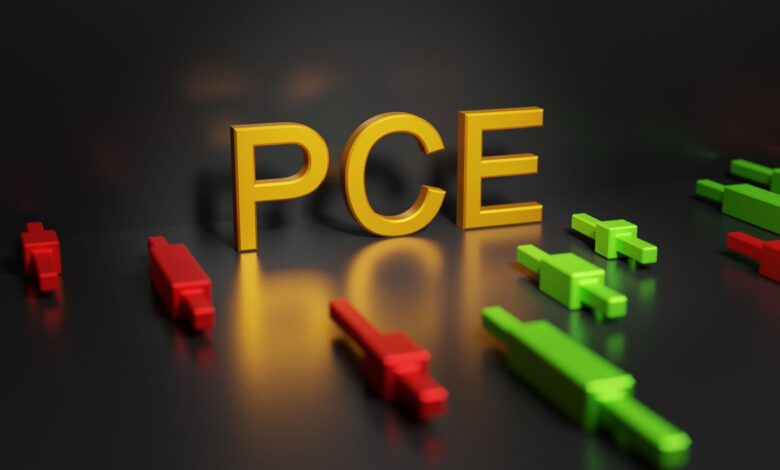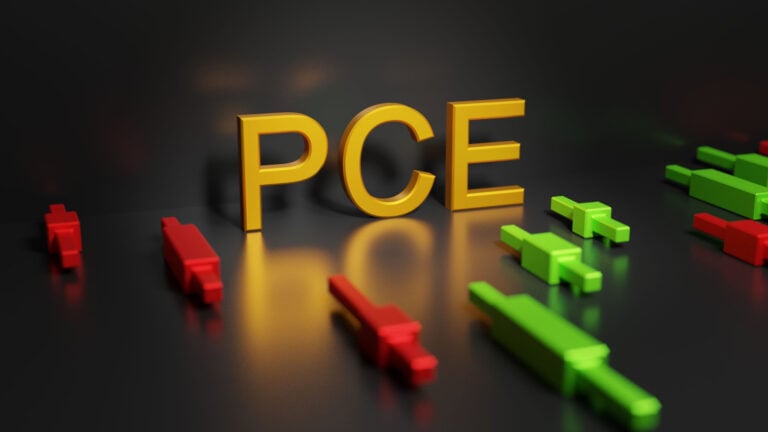Hot PCE Report Spooks Investors With Stock Market Crash Risk


Source: Kapustin Igor / Shutterstock
Stock market crash concerns are flying following the release of the March personal consumption expenditures (PCE) inflation report. The PCE came out hotter than anticipated this morning, showing annual inflation of 2.8%, higher than forecasts of 2.7%.
The core PCE, which excludes the volatile food and energy categories, came out at 2.8% year-over-year (YOY), also hotter than projections of a 2.7% increase but unchanged from February. The core PCE is the Fed’s most-cited inflation gauge.
As has been typical for the past year or so, inflation rules the day. Indeed, Wall Street has hung on every major inflation report for any insight into the Federal Reserve’s rate-cut schedule. Unfortunately, most recent inflation data has only suggested that the Fed is likely to keep holding off on lowering the benchmark rate.
Today’s PCE comes as a follow-up to the March consumer price index (CPI) inflation report, which also showed notably high inflation. Perhaps even worse than this morning’s PCE, the CPI showed annual inflation of 3.5% in March, up from 3.2% in February and above projections for a 3.4% rate.
With inflation going the wrong way, the central bank has all the more reason to continue holding interest rates at their current restrictive levels. According to the CME FedWatch Tool, the Fed has a 97% chance of holding rates steady at the upcoming May policy meeting as well as an 88% chance in June and a 66% chance in July.
This is unfortunate for Wall Street, which has been eagerly awaiting rate cuts as the second quarter proves more difficult for stocks than Q1.
PCE Report Heats Up Stock Market Crash, Stagflation Speculation
The PCE also gives further credence to growing speculation over stagflation taking root in the country. Indeed, following the recently released Q1 GDP report — which showed a substantial deceleration in economic growth from Q4 — today’s PCE report only adds fuel to the fire.
Stagflation refers to an economic outcome defined by stagnant economic growth, high inflation and high unemployment. It’s a sort of worst-case scenario for an economy, as there’s no clear monetary solution to the condition.
With GDP growth falling by more than 50% from Q4 and inflation seemingly heading in the wrong direction, many on Wall Street are fearful of further economic deterioration in the form of the dreaded stagflation.
“Weaker than expected GDP and Personal Consumption but higher than expected Core PCE Index and better labor data. That’s a stagflationary mess for folks begging for the Fed put to be activated,” macroeconomist Craig Shapiro told Benzinga.
On the date of publication, Shrey Dua did not hold (either directly or indirectly) any positions in the securities mentioned in this article. The opinions expressed in this article are those of the writer, subject to the InvestorPlace.com Publishing Guidelines.





